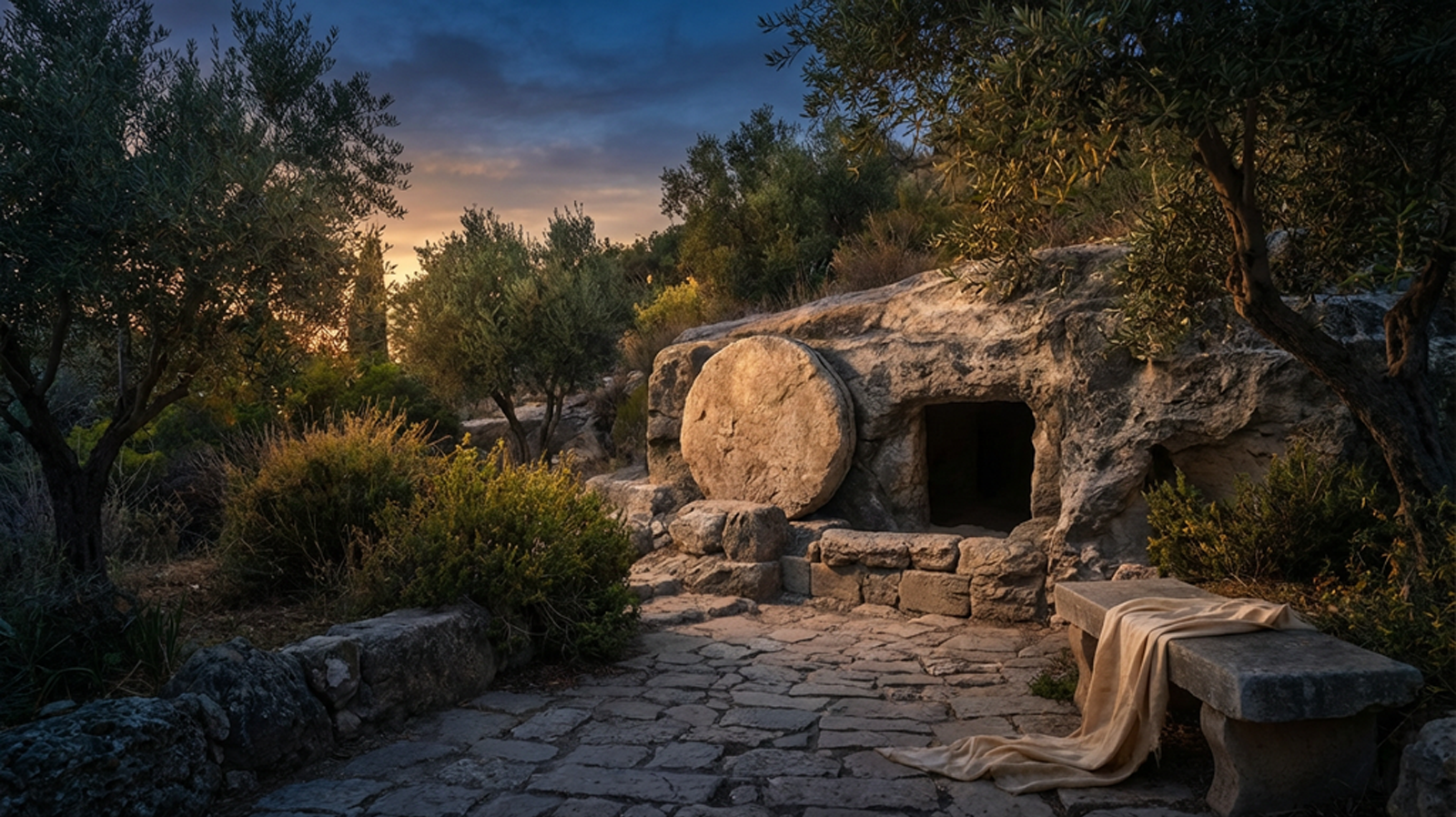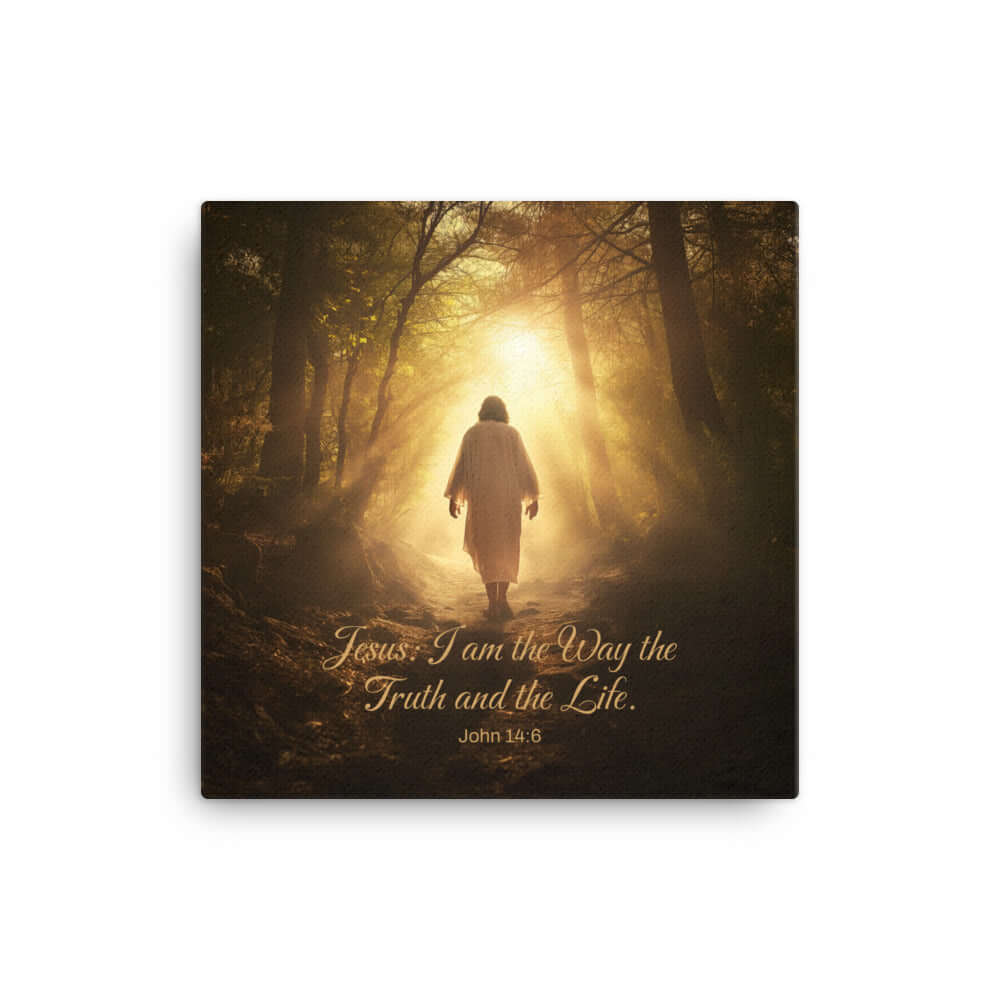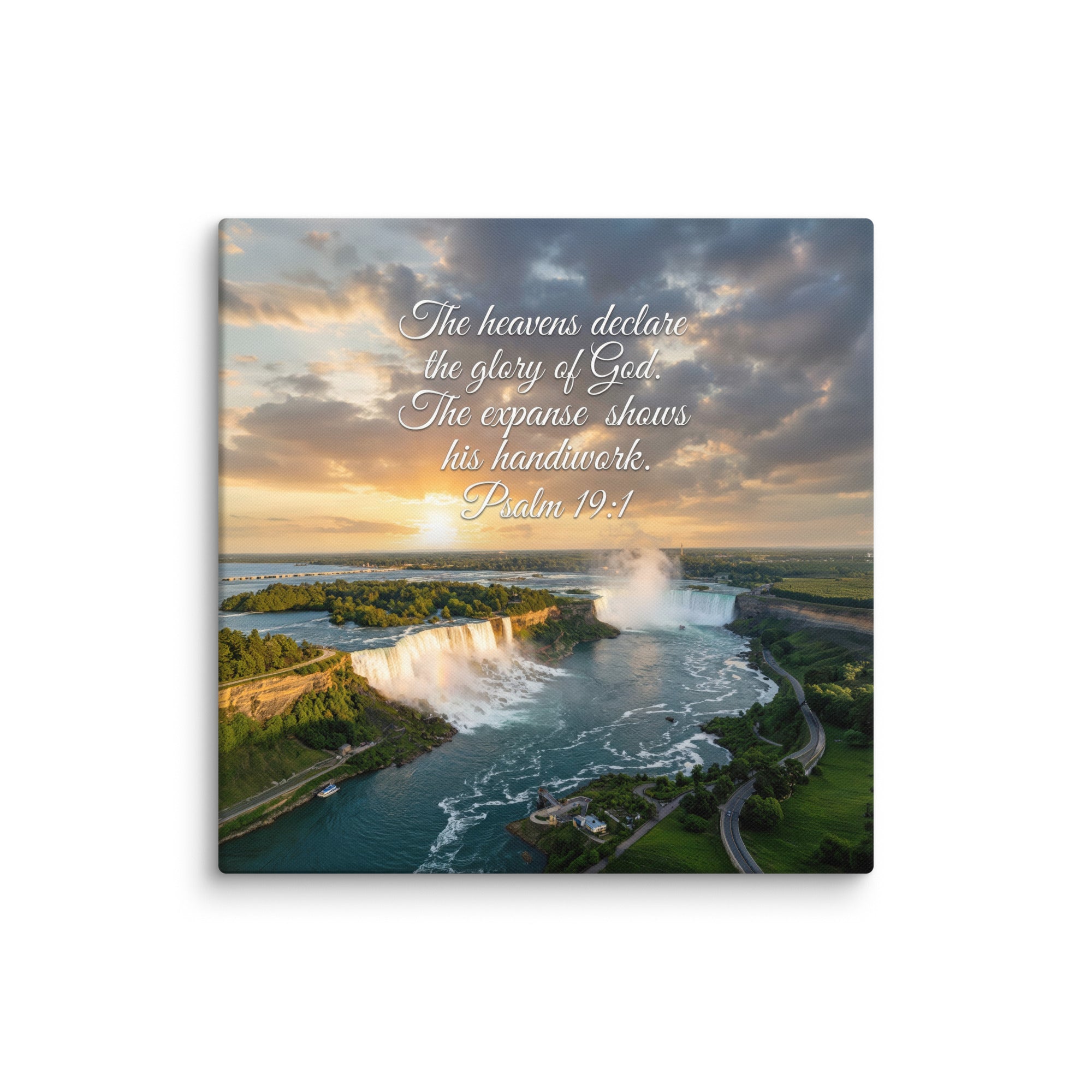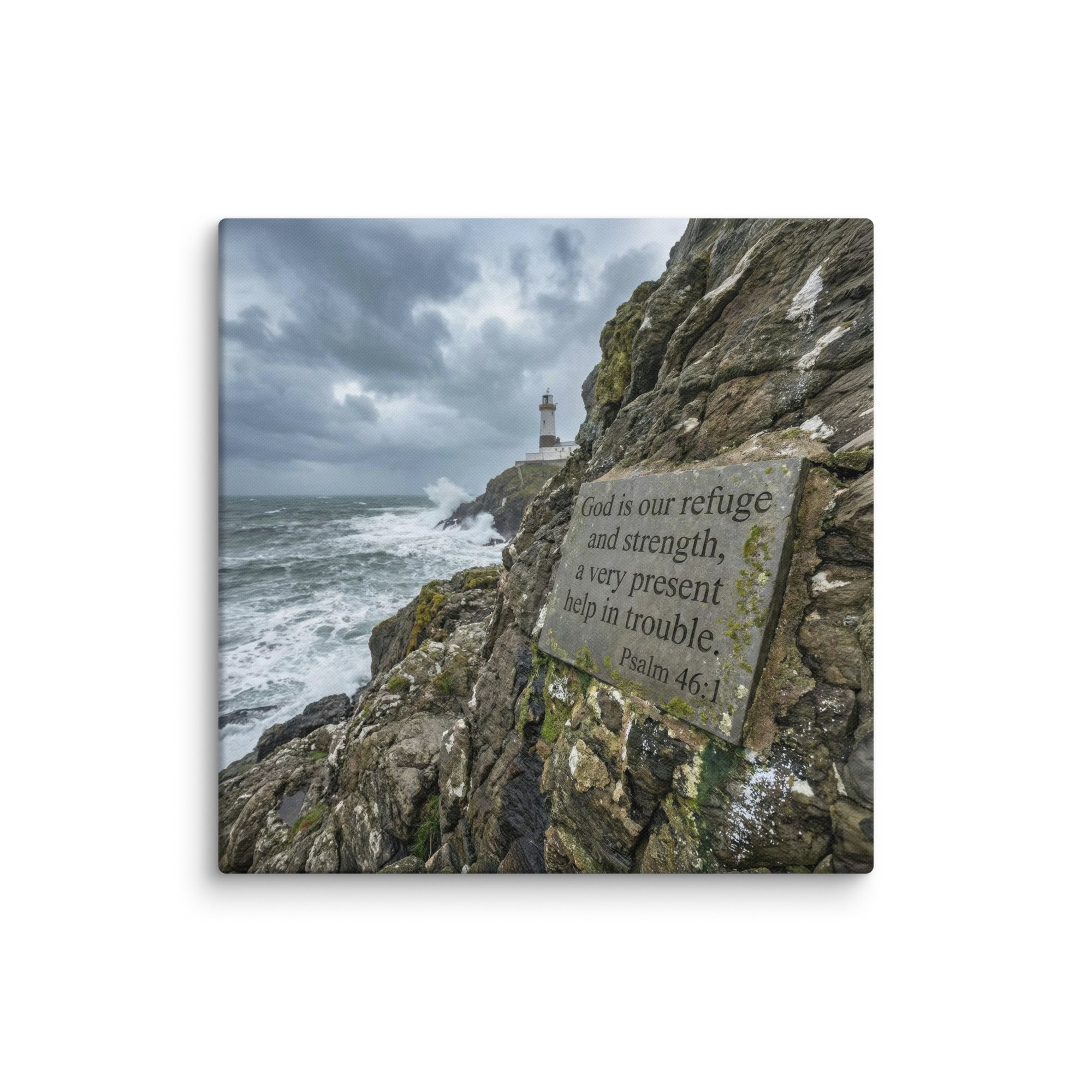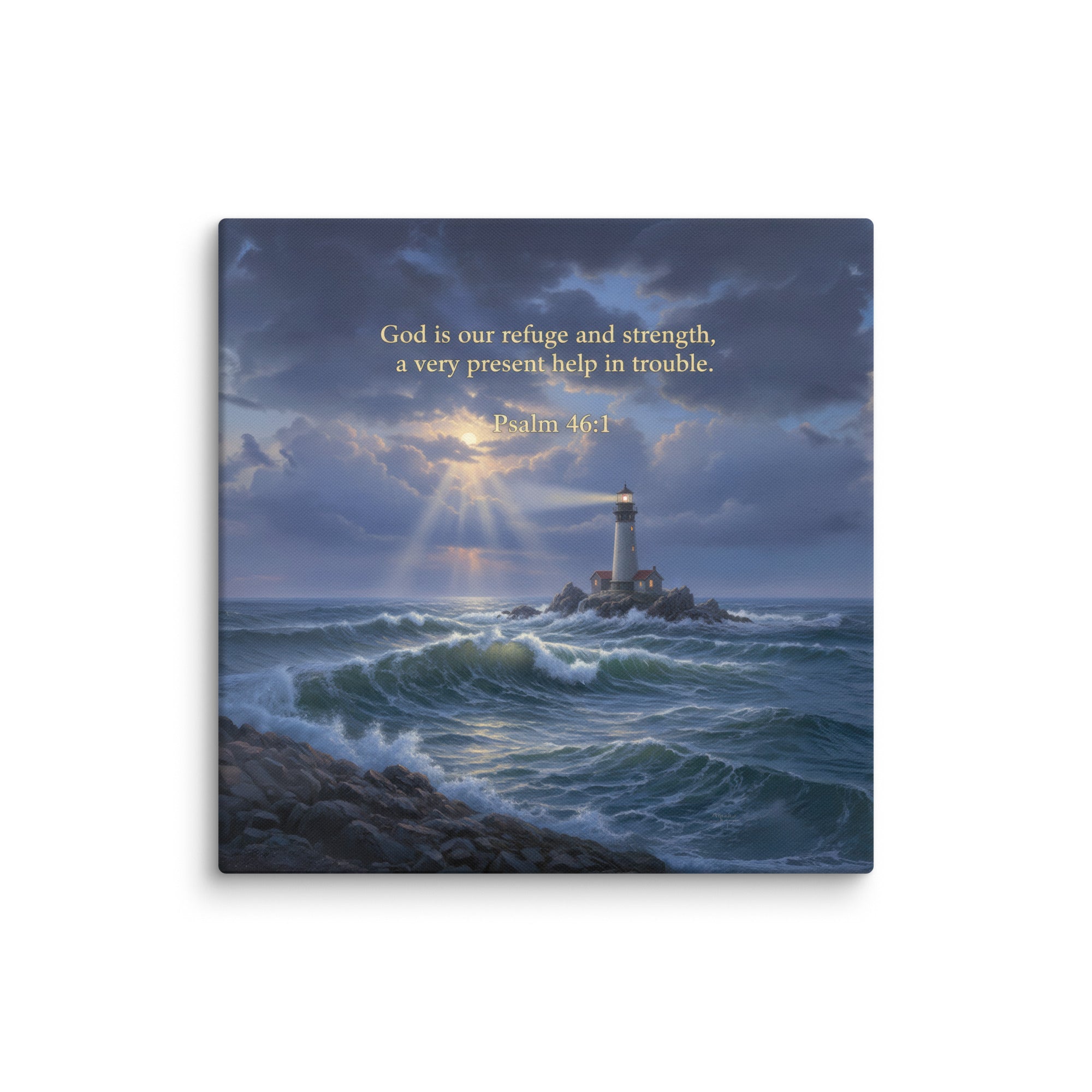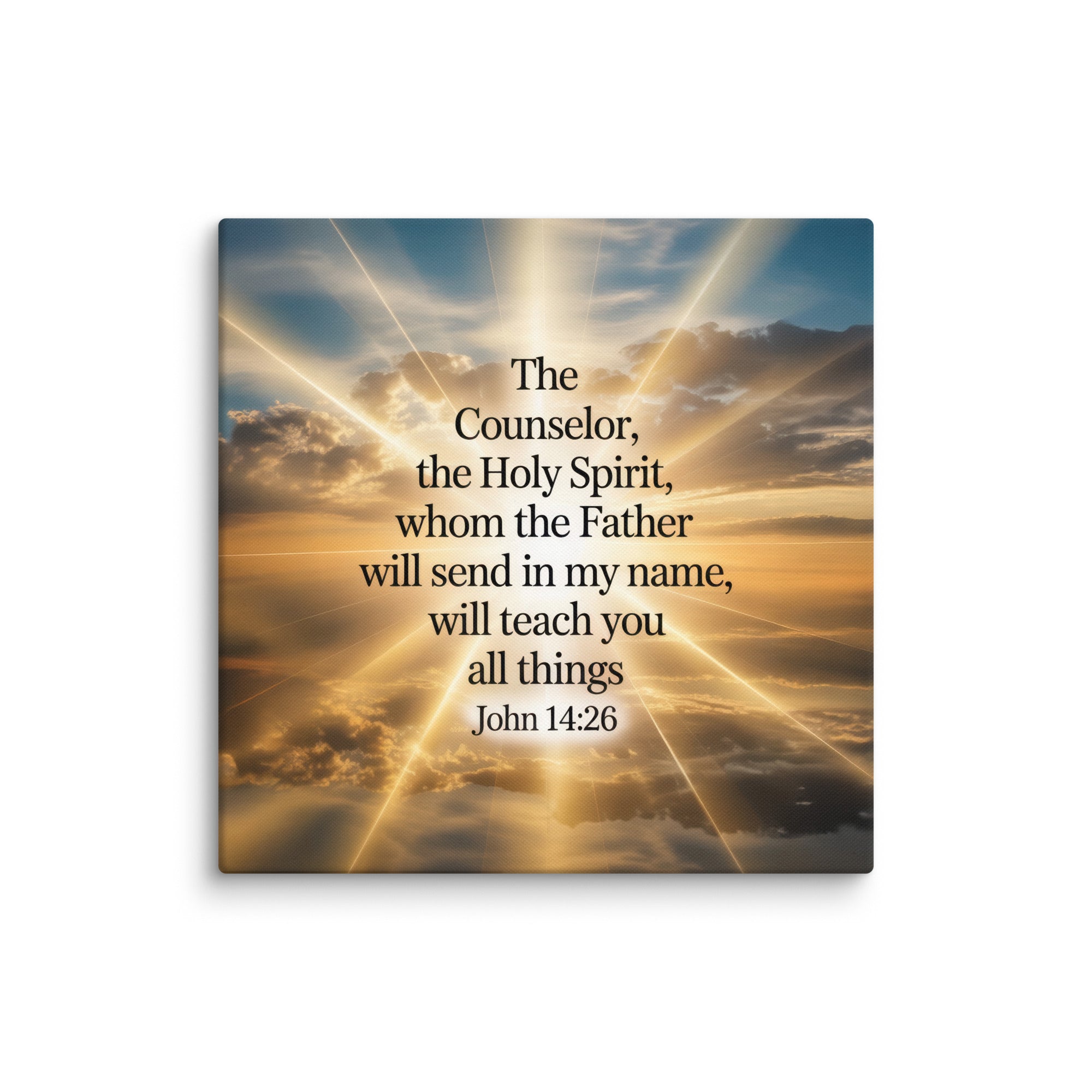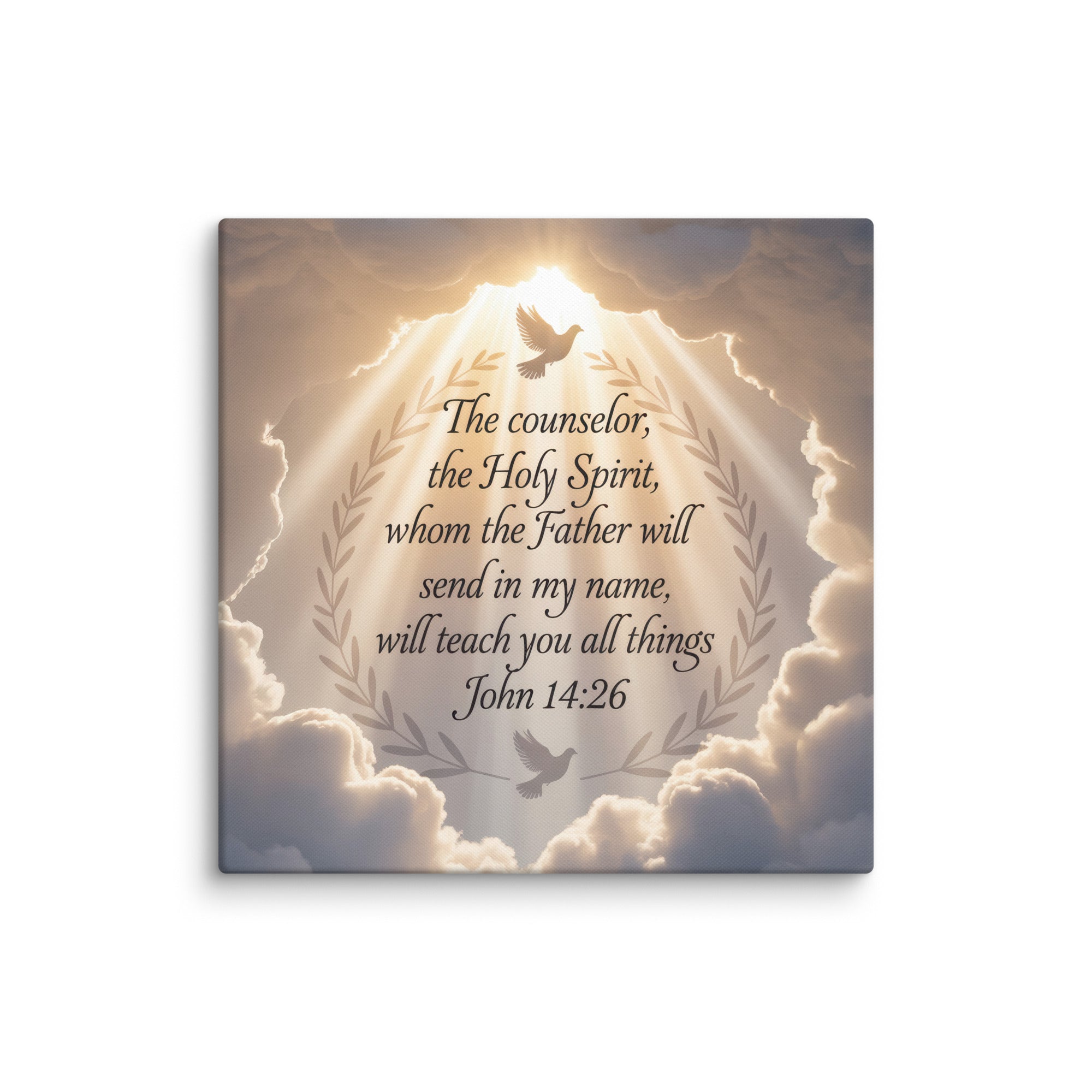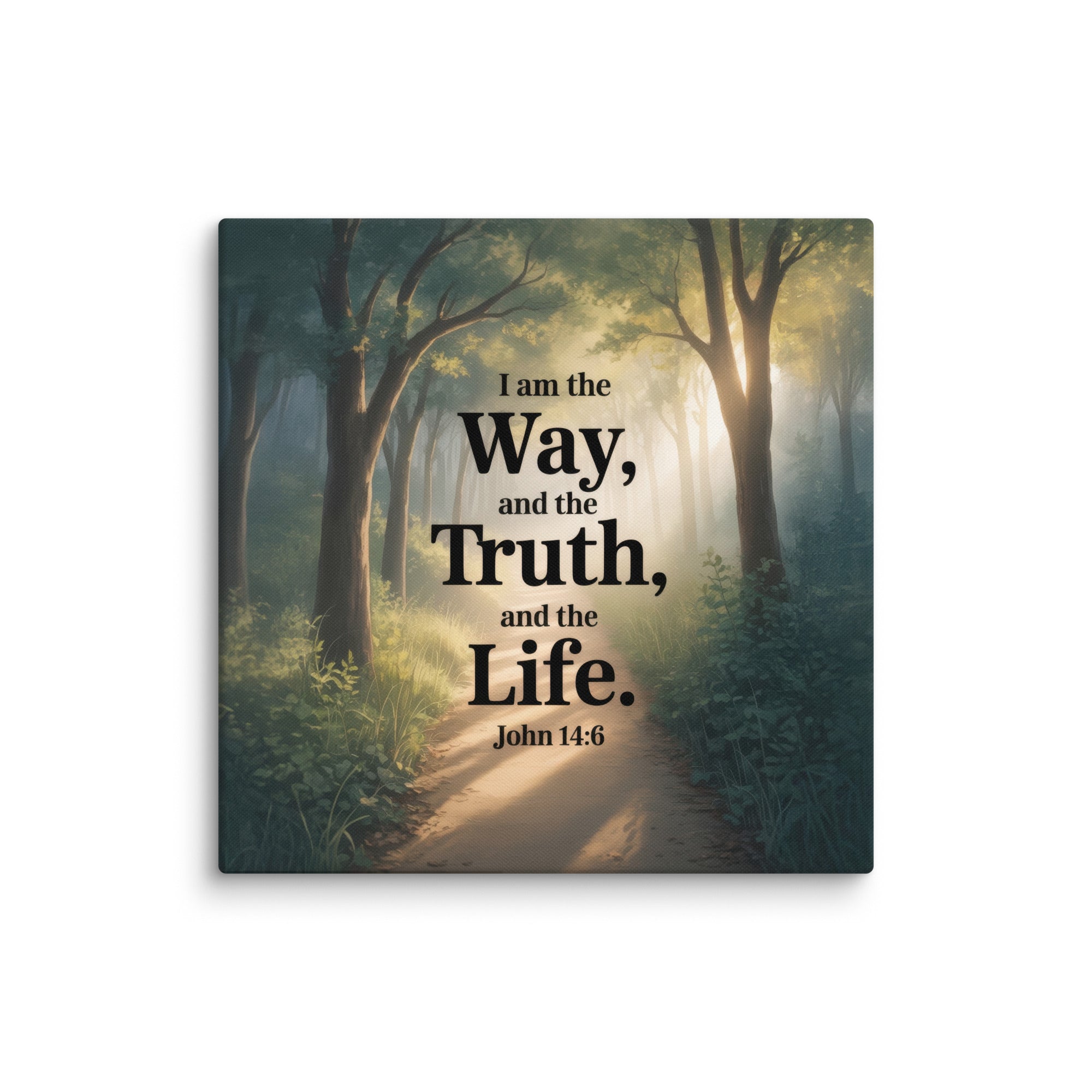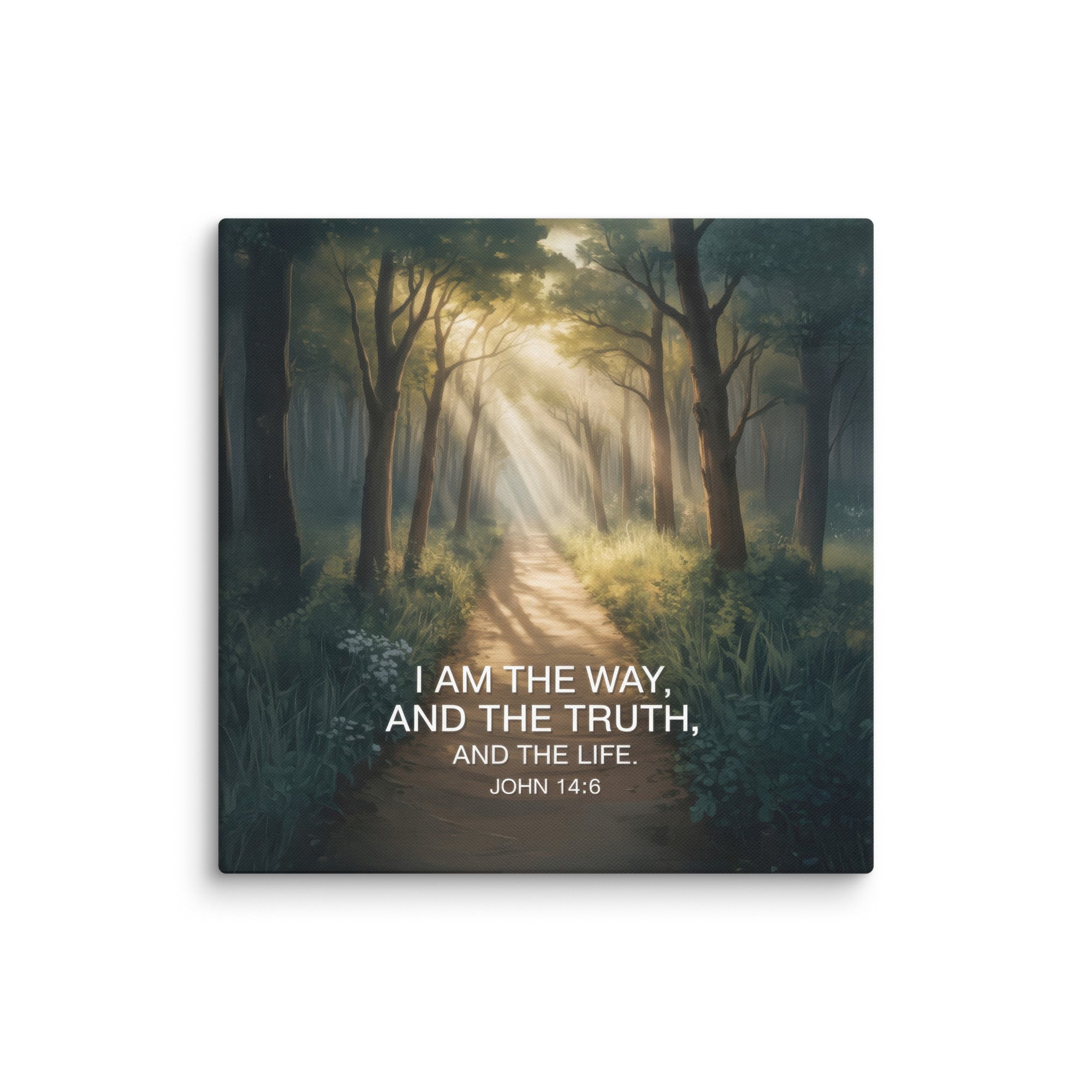Give and it shall be given unto you shows how generosity shapes the heart and reflects God’s goodness. Live with open hands and trust His promise of blessing.
The Book of Ezekiel is one of the most fascinating prophetic books in the Bible. Its vivid imagery, powerful messages, and profound prophecies offer deep insights into God's relationship with His people. Ezekiel, a priest and prophet, was called by God to deliver messages to the Israelites during their Babylonian exile. Here are 10 interesting facts about the Book of Ezekiel.
1. Ezekiel’s Prophetic Call
Ezekiel’s call to prophecy is one of the most dramatic in the Bible. He was among the Jewish exiles in Babylon when God appeared to him in a vision. This vision included four living creatures and a divine chariot (Ezekiel 1:4-28), a scene that has captivated readers for centuries.
Ezekiel 1:4-5 (NIV)
"I looked, and I saw a windstorm coming out of the north—an immense cloud with flashing lightning and surrounded by brilliant light. The center of the fire looked like glowing metal..."
2. Ezekiel’s Symbolic Actions
Throughout the book, Ezekiel performs symbolic acts that convey God’s messages. These acts were meant to capture the attention of the Israelites and demonstrate God's warnings. For instance, Ezekiel was instructed to lie on his side for 390 days to symbolize the years of Israel's sin and 40 days on his other side for Judah's sin (Ezekiel 4:4-6).
Ezekiel 4:4 (NIV)
"Then lie on your left side and put the sin of the people of Israel upon yourself. You are to bear their sin for the number of days you lie on your side."
3. The Vision of Dry Bones
One of the most famous visions in Ezekiel is that of the dry bones in Ezekiel 37. God showed Ezekiel a valley filled with dry bones and instructed him to prophesy over them. When he did, the bones came to life, symbolizing the future restoration of Israel.
Ezekiel 37:4-5 (NIV)
"Then he said to me, 'Prophesy to these bones and say to them, ‘Dry bones, hear the word of the Lord! This is what the Sovereign Lord says to these bones: I will make breath enter you, and you will come to life.’"
4. Ezekiel’s Vision of the Glory of God
Ezekiel had a profound vision of God's glory departing from the temple in Jerusalem. This vision marked a turning point in the book, showing that God’s presence was no longer with His people because of their sin and idolatry.
Ezekiel 10:18-19 (NIV)
"Then the glory of the Lord departed from over the threshold of the temple and stopped above the cherubim. While I watched, the cherubim spread their wings and rose from the ground..."
5. Ezekiel's Role as a Watchman
In Ezekiel 33, God appoints Ezekiel as a "watchman" for the house of Israel. This role meant that Ezekiel was responsible for warning the people of God’s judgment. If he failed to do so, their blood would be on his hands.
Ezekiel 33:7 (NIV)
"Son of man, I have made you a watchman for the people of Israel; so hear the word I speak and give them warning from me."
6. The Prophecy Against Tyre
Ezekiel delivered a lengthy prophecy against the city of Tyre, a powerful Phoenician city known for its wealth and influence. In Ezekiel 26-28, the prophet foretold the city’s destruction by Babylon, which came to pass several years later.
Ezekiel 26:3 (NIV)
"Therefore, this is what the Sovereign Lord says: I am against you, Tyre, and I will bring many nations against you, like the sea casting up its waves."
7. Ezekiel’s Oracles of Judgment and Restoration
The book contains both judgments and promises of restoration. Ezekiel prophesies the fall of Jerusalem, but also promises that Israel will be restored to its land, and God will one day establish a new covenant with them (Ezekiel 34:11-16).
Ezekiel 34:11 (NIV)
"For this is what the Sovereign Lord says: I myself will search for my sheep and look after them."
8. The Vision of the New Temple
Ezekiel’s final vision (Ezekiel 40-48) is of a future temple that will be built when Israel is restored. This vision is highly detailed, describing the temple’s dimensions, priests, and rituals, symbolizing the return of God’s presence to Israel.
Ezekiel 40:4 (NIV)
"The man said to me, 'Son of man, look with your eyes and hear with your ears, and pay attention to everything I am going to show you, for that is why you have been brought here. Tell the people of Israel everything you see.'"
9. The Name of God
In Ezekiel, God often reveals His name in connection with His judgment and restoration of Israel. The phrase “Then they will know that I am the Lord” appears repeatedly, emphasizing God’s desire for His people to recognize Him as their true God.
Ezekiel 36:23 (NIV)
"I will show the holiness of my great name, which has been profaned among the nations, the name you have profaned among them. Then the nations will know that I am the Lord, declares the Sovereign Lord, when I am proved holy through you before their eyes."
10. Ezekiel's Unique Style of Writing
Ezekiel’s writing style is known for its highly symbolic and vivid language. He often uses parables, riddles, and symbolic actions to communicate God's messages, which can be challenging to understand but are rich in meaning.
Ezekiel 17:2 (NIV)
"Son of man, set forth an allegory and tell it to the Israelites as a parable."
The Book of Ezekiel offers profound insights into the nature of God, His judgment, and His plans for restoration. Through vivid visions, symbolic actions, and powerful prophecies, Ezekiel challenges readers to understand God's holiness, sovereignty, and His relentless pursuit of His people.


